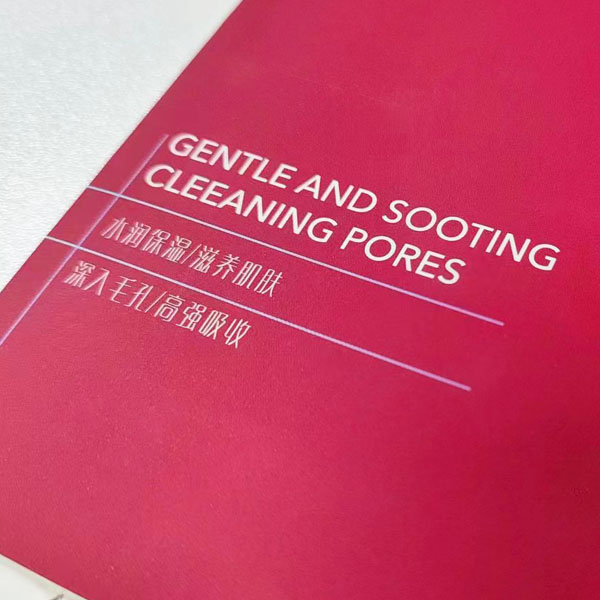Gravure Printing
Gravure printing is a direct printing method in which the entire surface of the printing plate is coated with ink. During gravure printing, ink is held in the recessed cells of the printing plate, which are engraved with the same shape as the original image. There is no ink on the surface of the printing plate. When the plate comes into contact with the substrate, the ink in the recessed cells is transferred to the substrate, completing the printing process. Therefore, gravure printing has unique features that distinguish it from other printing methods.
- Anti-counterfeiting: Recessed image cells make it difficult to imitate, commonly used for valuable securities.
- Wide range of substrates: Suitable for plastic, paper, aluminum foil, and textiles.
- High printing quality: Produces detailed, textured prints with rich gradation and clear lines.
- Large-scale printing: Durable plates make it suitable for large-scale printing, not cost-effective for small-scale.
Gravure printing is a direct printing method that transfers ink from the recessed cells of the plate directly onto the substrate. A special ink scraper is then used to remove the ink from the blank areas of the plate, leaving the ink only in the mesh of the image section. With greater pressure, the ink is transferred to the surface of the substrate, resulting in a printed product. The image section of the printing plate is recessed and the depth of the recess varies depending on the level of the image. The blank areas of the plate are raised and are on the same plane.
The density and gradation of the printed image are determined by the size and depth of the recessed cells. If the cells are deeper, they contain more ink, resulting in a thicker layer of ink on the substrate. Conversely, if the cells are shallower, they contain less ink, resulting in a thinner layer of ink on the substrate. The printing plate for gravure printing is composed of recessed cells that correspond to the original image.
During printing, ink is filled into the recessed cells of the plate. The ink on the surface of the plate is then removed with an ink scraper, and the plate is brought into contact with the substrate under a certain pressure, transferring the ink from the recessed cells to the substrate to complete the printing process.
Gravure printing has many advantages in printing and packaging, including thick ink layers, bright colors, high saturation, high durability of printing plates, stable print quality, and fast printing speed. In foreign countries, gravure printing is mainly used for fine publications such as magazines and product catalogs, packaging printing, and printing of valuable securities such as banknotes and postage stamps. It is also used in special fields such as decorative materials. In China, gravure printing is mainly used for flexible packaging printing. With the development of domestic gravure printing technology, it has also been widely used in paper packaging, wood grain decoration, leather materials, and pharmaceutical packaging.


